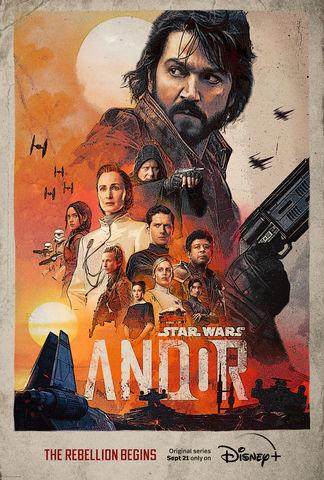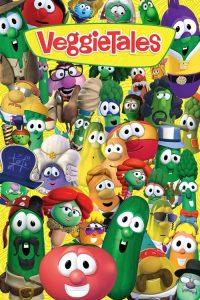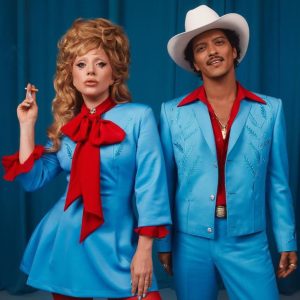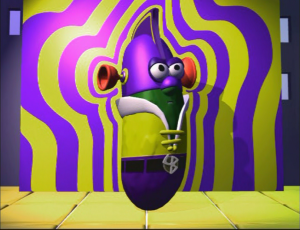Andor: A Step Away from Traditional Star Wars Shows

Photo Credits: imbd.com
September 26, 2022
“Andor” is a far cry from what many “Star Wars” fans are used to. “Andor” is dark, mature and its story is a slow burn. In the most recent years, “Star Wars” has been producing more light-hearted and action driven content such as “The Book of Boba Fett” or “Star Wars: The Rise of Skywalker.” Both of these pieces of media were met with harsh reviews from critics and fans alike. Part of the problems that people had with these were their heavy reliance on unnecessary cameos and call backs to other “Star Wars” content.
“Andor” breaks the mold with it not calling back to any other parts of “Star Wars.” “Andor” is its own story without any constraints having to stay in line with a bigger, overarching story inside of the universe. Before his show, the character of Andor only appeared in “Rogue One: A Star Wars Story,” so with that, he was not connected with anything larger because of “Rogue One’s” own contained story. “Rogue One” sets the tone for “Andor’s” own show. Like “Andor,” “Rogue One” was a dark, gritty and very serious Star Wars film, and this helped set up the world of Andor perfectly.
The first episode of “Andor” begins with our main character, Cassian Andor, sneaking around a dimly light walkway towards an even more dimly light cantina type building. As much as I liked the tone of the show overall, the way that the show thrusts us into this dark world is a bit jarring. The opening six or seven minutes are extremely weird even for a “Star Wars” show. The opening is dim, but the biggest difference from any other “Star Wars” media is the maturity it implies. Since the show was so big on the theme of “Andor” being a mature and grounded show, it would have been beneficial to slowly push this on us the viewer instead of thrusting it right onto our screens. The rest of the episode is a a decent introduction to how the rest of the series will play out. The episode establishes a high standard of production value, and the cinematography is, for the most part, amazing. It has some weaker moments but those do not take away from the quality of it.
Episode two builds a lot on what what made episode one good. The clearest example of improvement is in the storyline. While the story of episode one is needed, the direction that episode two takes makes its story much more interesting and keeps viewers on the edge the whole time. Episode two also builds on the characters, and I think that Diego Luna and Adria Arjona are phenomenal in this episode specifically. These two have such a great dynamic and they play off each other in such a cohesive way. The rest of the cast does great too; there is not a single bad performance in the show so far.
Episode three is more akin to what most Star Wars fans are used to. It is fast paced and has a ton of great action with real consequences. The shift from a slow drama to a quick action packed episode works perfectly. The first two slow-paced episodes worked with the story they were trying to tell, and now this fast-paced episode feels earned. It fits in with the type of story this episode is telling. Episode three is the best out of the premiere improving on all aspects of the show. The cinematography is better, the characters are fleshed out more and by far the best improvement is the dialogue in this episode.
The first episode’s dialogue felt like traditional “Star Wars” banter. The second episode improved on this by having some more profound dialogue but episode three just takes this to a whole new level. There are some truly inspiring, sad and thought-provoking scenes where the dialogue just carries and really drives home the point. On the topic of creating emotions, the ending to episode three makes you feel so many different things for these people we have just been introduced to. Nobody wins at the end of the episode despite our main hero, side hero and villain all being alive at the end of the episode. Each of them lose something important to them, and the music, the camera work and the actors’ expressions all contribute to making the viewer be sad for them. When a show can do this, especially with a villain character, it is a huge accomplishment.
The only big complaint with the series so far is the backstory scenes for Cassian Andor. They are just so out of place and are horribly shot and acted. To start off, the scenes have characters speaking in a Star Wars alien language with no subtitles, and the actors do not do a good enough job with their acting to convey what is going on to the viewers. The cinematography in these flashbacks are terrible. It seems like they needed time to hit a certain episode time, so they threw these scenes in last minute. There are a lot of random shots that do not add anything; there are just random shots of the ground of fallen trees and a big empty valley. None of these add anything to the story that the flashbacks are trying to tell. There are also a lot of inconsistencies with bigger Star Wars lore in these flashbacks. These scenes are the only ones to reference other “Star Wars” media and that clearly held the team behind the show back.
Overall, Andor is off to a great start and for most people the show has extremely out done their expectations. It is great to see a different type of style being used in “Star Wars,” and to me, that is the beauty of this franchise. I would give episode one of Andor a 7/10, episode two a 8/10 and episode 3 a 8.5/10. The premier overall gets a 8/10 from me.












